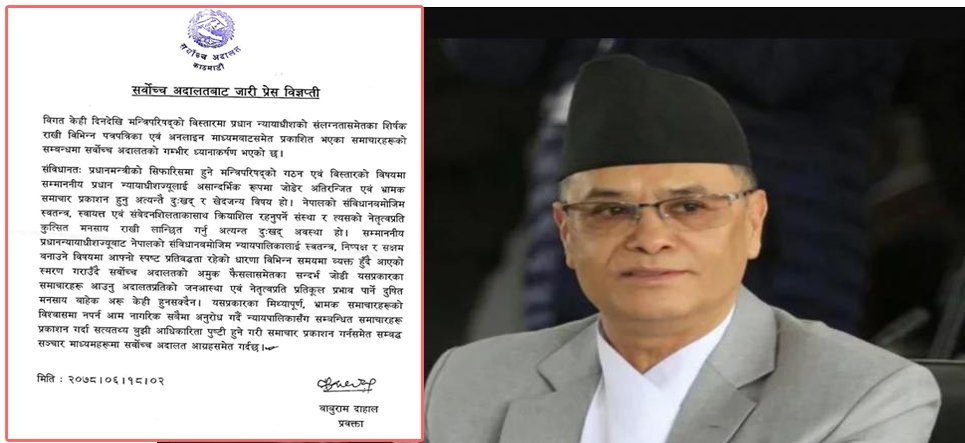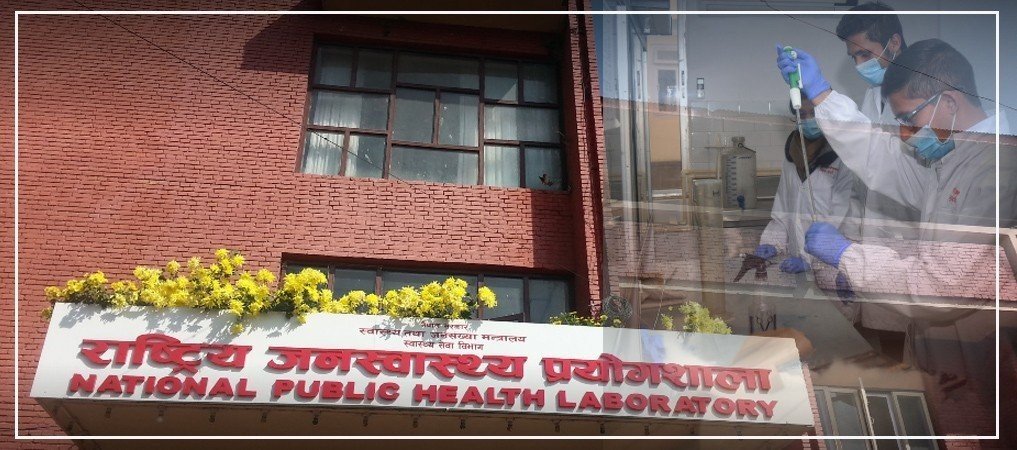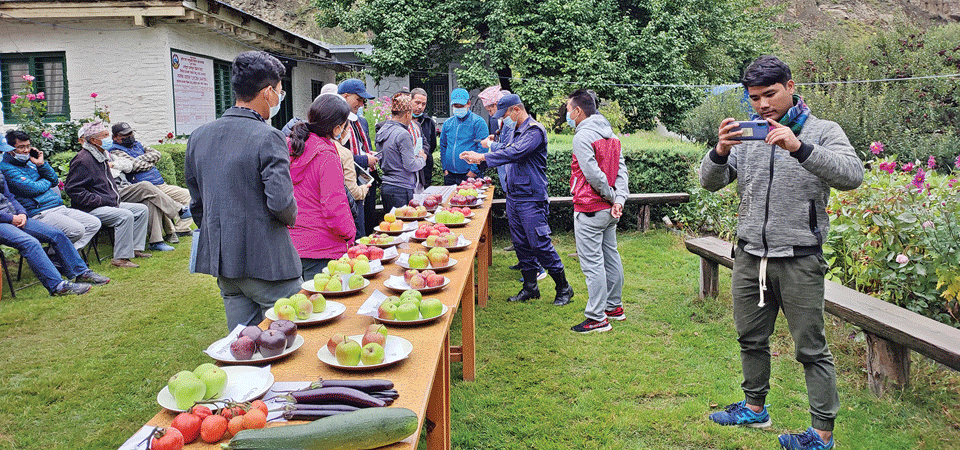A Simple Israeli Invention Could Help 2.5 Billion People– and NASA

By Gid'on Lev
Science usually advances in small steps. Each new experiment adds a small scrap of information. It’s rare for a simple idea that arises in a scientist’s brain, without the use of any technology, to lead to a significant breakthrough. But that’s what happened to two Israeli engineers who developed a new way to make optical lenses.
Zilberman, a Wolf Prize laureate who is now at the University of California, Berkeley, talked about his research in developing countries. Bercovici described his experiments with fluids. And then Zilberman asked a simple question: “Can you make glasses out of this?”
“Why do you ask?” Bercovici replied. Zilberman’s answer astounded him.
Bercovici returned home and found a World Economic Forum report that confirmed this number. Although making a simple pair of glasses costs just a few dollars, in large parts of the world, cheap glasses are neither made nor sold.
“We drew a lens on the whiteboard and looked at it,” he recalls. “We knew instinctively that we couldn’t make this shape with our technique for controlling fluids, and we wanted to find out why.”
Spherical shapes are the basis for optics, since lenses are made from them. In theory, Bercovici and Frumkin knew that they could take polymers, which are liquids that have solidified, and make round domes from them, thereby creating lenses. But liquids maintain a spherical shape only at tiny volumes. At larger volumes, the force of gravity flattens them into a puddle.
And that’s exactly what he and Frumkin did. After studying their whiteboard, Frumkin came up with an idea so simple it’s not clear why nobody ever thought of it before – you can eliminate the effect of gravity if you make the lens inside a liquid chamber. All you have to do is make sure the liquid in the chamber, called the buoyancy liquid, has the same density as the polymer from which you are making the lens, and then the polymer will float.
But since water has a lower density than polymers, its density has to be increased a little so the polymer will float. For this, too, the researchers used not-so-exotic materials – salt, sugar or glycerin.
The final ingredient in the process, Bercovici says, is a rigid frame into which the polymer is injected, enabling control over its form.
Small, ugly and incredible
The two researchers continued with their experiment with the second generation of secret ingredients – a mop bucket – and used it to create a lens with a diameter of 20 centimeters, suitable for a telescope. The cost of lenses grows exponentially by diameter, but with this new method all that is required, regardless of size, is a cheap polymer, water, salt (or glycerin) and a ring-shaped mold.
The list of ingredients marks a dramatic turn from the traditional lens-making method that has remained almost unchanged for 300 years. In the initial stage of the traditional process, a slab of glass or plastic is ground down mechanically. In the manufacture of lenses for glasses, for example, some 80 percent of the material goes to waste. Using the method devised by Bercovici and Frumkin, instead of grinding down solid material, liquid is injected into a frame, creating a lens in a completely waste-free process. This method also removes the need for polishing, as the surface tension of the fluid ensures the creation of an extremely smooth surface.
The lens is absolutely smooth to touch. It’s not just a subjective feeling: Bercovici says that even without polishing, the surface roughness of a lens manufactured using the polymer method is less than a nanometer (one billionth of a meter). “The forces of nature create extraordinary quality by themselves, for free,” he says. By comparison, optical glasses are polished to a level of 100 nanometers, while the mirrors on NASA’s flagship project, the James Webb Space Telescope, are polished to a level of 20 nanometers.
“These aren’t available in villages in India,” he notes. Another problem raised by Niv Adut, founder and VP of R&D at SPO Precision Optics, and by the company’s chief scientist, Dr. Doron Sturlesi – who are both familiar with Bercovici's work – is that replacing the grinding process with a plastic cast will make it difficult to adapt the lens to the person who needs it.
Bercovici shows us two UV radiation lamps in his lab: “This one came from Amazon and cost $4, while the other came from AliExpress and cost $1.70. And if you don’t have them, you can always use sunlight,” he explains. And what about the polymer? “A 250-milliliter bottle costs $16 on Amazon. The average lens requires between five to 10 milliliters, so the cost of the polymer isn’t really a factor either.”
The only expensive part of the process, says Bercovici, is automation of the polymer injection, which has to be done precisely according to the lens number required.
“Our fantasy is to create an impact in countries with minimal resources,” says Bercovici. While it is possible to bring cheap glasses to poor villages – even though this has yet to be done – his plans are much bigger. “Just as in the well-known proverb, I don’t want to give them fish, I want to teach them how to fish. With this method, people will be able to make their own glasses,” he says. “Will it succeed? Only time will tell.”
The manufacture of freeform components using sustainable methods is complex and expensive, as it is very hard to grind and polish their surface areas. As a result, these parts have limited use at present. “There have been academic publications about the possible uses of such surfaces, but this has yet to be reflected in practical use,” explains Bercovici. In the new paper, the lab team headed by Elgarisi showed how control over the form of the frame enables control over the form of the surface created when a polymer liquid is injected. The frame can be created with a 3D printer. “We no longer make do with a mop bucket, but it’s still simple,” says Bercovici.
Prof. Arie is one of the editors of Optica, but wasn’t involved in the review of the article. “It’s very nice work,” Arie says of the study. “In order to produce aspherical optical surfaces, current methods use molds or 3D printing, but with both methods, it is difficult to create sufficiently smooth and large surfaces within a reasonable timeframe.” Arie believes that the new method will help create prototypes of freeform components. “For industrial production of large quantities of parts, it’s preferable to prepare molds, but in order to rapidly test new ideas this is an interesting and elegant method,” he says.
SPO is one of Israel’s leading companies in the field of freeform surfaces. According to Adut and Sturlesi, the new method has advantages and disadvantages. They say that the use of plastics restricts possibilities, as they are not durable in extreme temperatures and are limited in their ability to achieve sufficient quality on the complete range of colors. As for advantages, they note that the technology has the potential to significantly reduce the cost of production of complex plastic lenses, which are used in all cellphones.
It’s all about people
“It sounded like a crazy idea,” recalls Bercovici, ” but it stuck in my mind.” After the lab tests were completed successfully, the Israeli researchers realized that the method could work in the same way in space. After all, you can achieve microgravity conditions there, with no need for a buoyancy liquid. “I called Edward and I said to him, this could work!”

Liquid, on the other hand, already comes in a “folded” state. One could for example fill the launcher with a liquid metal, add an injection mechanism and an expanding ring, and produce the mirror in space. “It is a fantasy,” admits Bercovici. “My mother asked me, ‘When will it be ready? I told her, ‘Perhaps in about 20 years.’ She said she doesn’t have time to wait.”
On the other hand, Bercovici adds, the biggest space launcher currently around, SpaceX’s Falcon Heavy, can carry 20 cubic meters of liquid. Theoretically, he explains, the Falcon Heavy could be used to launch the liquid to an orbit point where the liquid could be used to produce a mirror with a 75-meter diameter – one that would be 100 times larger in surface area and light collected than the James Webb telescope.
In late December, a system developed by the team at Bercovici's lab to enable astronauts to produce and solidify lenses in space will be sent to the International Space Station, where a series of experiments will be conducted. Prior to that, experiments will be conducted this weekend in Florida to examine the feasibility of producing a high-quality lens in microgravity without any need for a buoyancy liquid.
The experiment was scheduled for Thursday and Friday with two flights, each conducting 30 parabolas. Bercovici and most of the lab team, including Elgarisi and Luria, will be there, as will Frumkin, who will arrive from the Massachusetts Institute of Technology.
Meanwhile, the team was conducting timed practice runs ahead of the moment of truth. One of the team stands there with a stopwatch and the others have 20 seconds to produce a lens. On the plane itself, conditions will be much harsher, especially after a few free-falls and upward lifts in increased gravity conditions.
Shortly before boarding the plane for the adventure of his lifetime, Bercovici pauses for a moment in amazement. “I keep asking myself how no one figured this out before,” he says. “Every time I go to a conference, I’m afraid that someone will stand up and say that some researcher in Russia did this 60 years ago. After all, it’s such a simple method.”
(Article source : https://www.haaretz.com/israel-news/MAGAZINE-a-simple-israeli-invention-could-help-2-5-billion-people-and-nasa-1.10452996)
Recent News

Do not make expressions casting dout on election: EC
14 Apr, 2022
CM Bhatta says may New Year 2079 BS inspire positive thinking
14 Apr, 2022
Three new cases, 44 recoveries in 24 hours
14 Apr, 2022
689 climbers of 84 teams so far acquire permits for climbing various peaks this spring season
14 Apr, 2022
How the rising cost of living crisis is impacting Nepal
14 Apr, 2022
US military confirms an interstellar meteor collided with Earth
14 Apr, 2022
Valneva Covid vaccine approved for use in UK
14 Apr, 2022
Chair Prachanda highlights need of unity among Maoist, Communist forces
14 Apr, 2022
Ranbir Kapoor and Alia Bhatt: Bollywood toasts star couple on wedding
14 Apr, 2022
President Bhandari confers decorations (Photo Feature)
14 Apr, 2022











